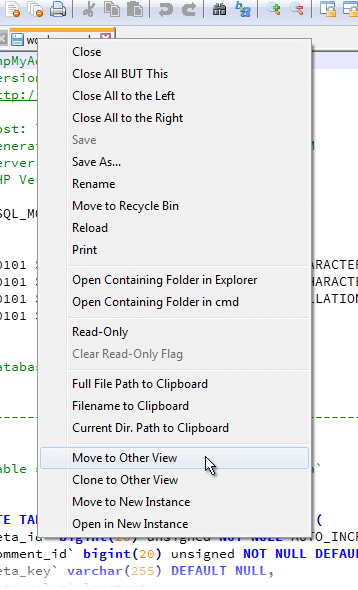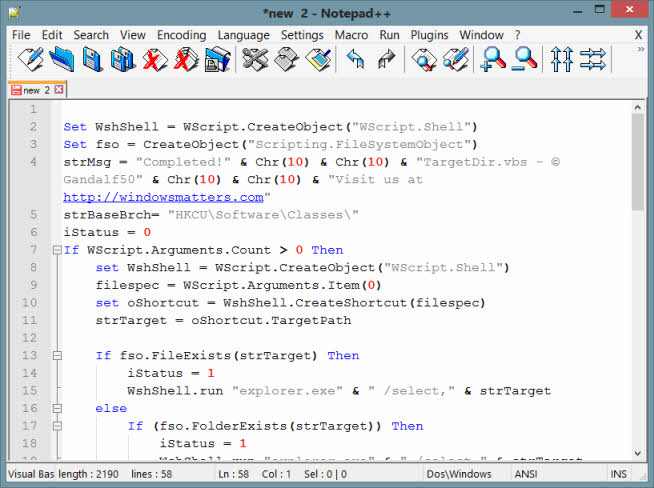


-udl="My UDL Name": Open file with User Defined Language (UDL) syntax.Powershell, caml, ada, verilog, matlab, haskell, inno, cmake, yaml, r and jsp. Postscript, ruby, smalltalk, vhdl, kix, autoit, Gui4Cli, Makefile, pascal, batch, ini, nfo, asp, sql, vb, javascript,Ĭss, perl, python, lua, tex, cobol, fortran, bash,Īctionscript, nsis, tcl, lisp, scheme, asm, diff, props, Normal, php, c, cpp, cs, objc, d, java, rc, html, xml, Language is a short identifier string, of which the following are allowed: -l: Open file or display ghost typing with syntax highlighting of choice.-noPlugin: Launch Notepad++ without loading any plugin.-multiInst: Launch another Notepad++ instance, so user can have several.-help: The help message for command line arguments.To control its startup and affect its behavior. If you know any other commandline or gui way don’t forget to share your thoughts to this article via the comment section below.Notepad++ supports various case-sensitive command line parameters In this article, we described how to find the difference between two directories in Linux. Once you selected the directories, click on “ Compare”. Select the directories you want to compare, note that you can add a third directory by checking the option “ 3-way Comparison”. Click on directory comparison and move to the next interface. You will see the Meld interface below, where you can choose file or directory comparison as well as version control view. Once you have installed it, search for “ meld” in the Ubuntu Dash or Linux Mint Menu, in Activities Overview in Fedora or CentOS desktop and launch it. There is a cool graphical option called meld (a visual diff and merge tool for the GNOME Desktop) for those who enjoy using the mouse, you can install it as follows. $ diff -q directory-1/ directory-2/Īgain diff doesn’t go into the subdirectories, but we can use the -r switch to read the subdirectories as well like this. In this command, the -q switch tells diff to report only when files differ. The conventional syntax for running diff is as follows: $ diff … FILESīy default, its output is ordered alphabetically by file/subdirectory name as shown in the screenshot below. The question is how do we get the difference between two directories in Linux? Here, we want to know what files/subdirectories are common in the two directories, those that are present in one directory but not in the other. Normally, to compare two files in Linux, we use the diff – a simple and original Unix command-line tool that shows you the difference between two computer files compares files line by line and it is easy to use, comes with pre-installed on most if not all Linux distributions. In an earlier article, we reviewed 9 best file comparison and difference (Diff) tools for Linux and in this article, we will describe how to find the difference between two directories in Linux.


 0 kommentar(er)
0 kommentar(er)
